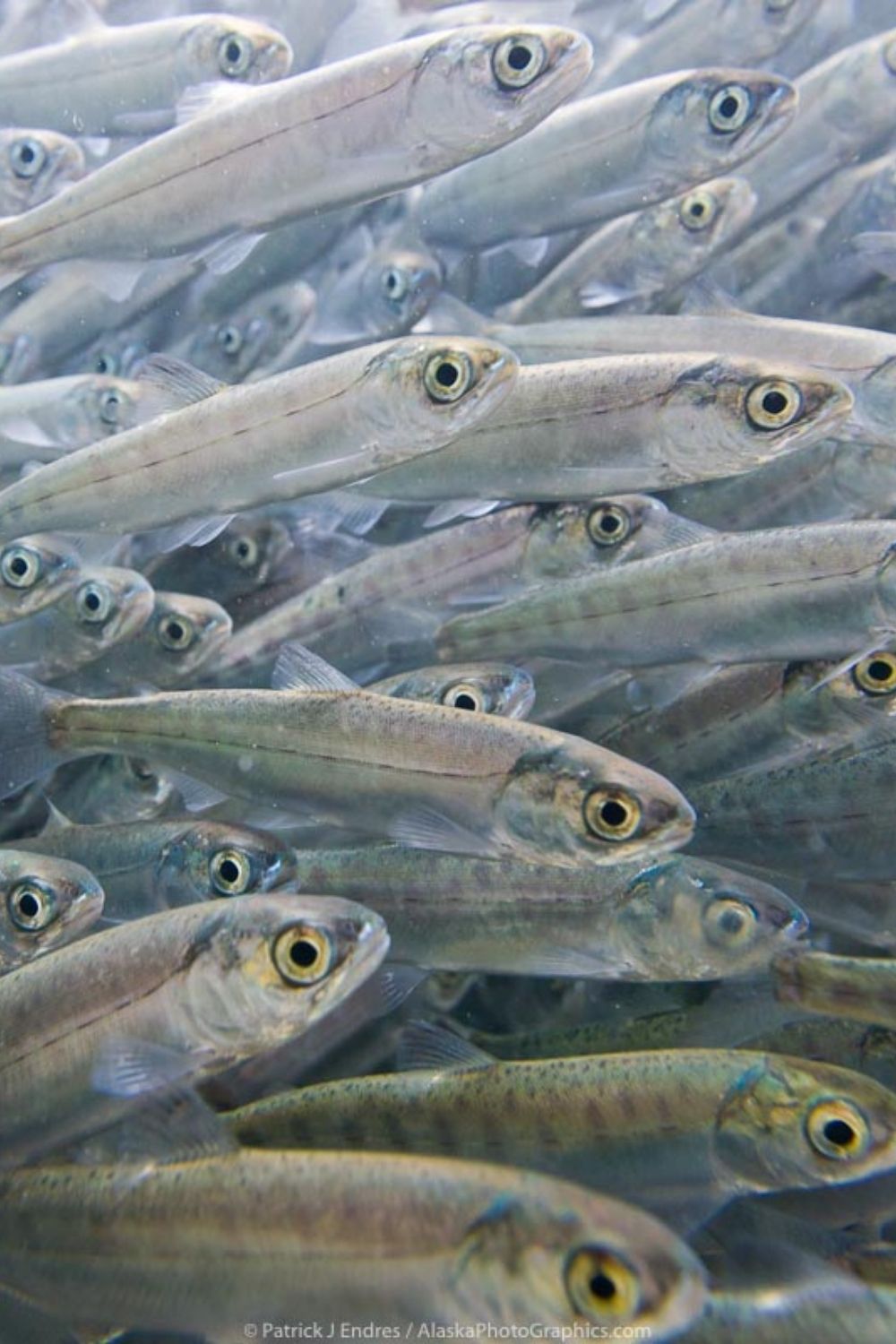But there are caveats: Freshwater fish and some anadromous fish—fish, like salmon, that divide their life cycles between fresh and salt water—are susceptible to broad fish tapeworms, which are widely considered more harmful than other parasitic worms. Few experts recommend eating fish in the cod family—particularly Atlantic cod, but also Pacific cod, haddock, and pollack—since they’re highly susceptible to infection by a range of parasites. (According to Haraguchi, there’s another reason fish in the cod family are not eaten raw: “There’s so much moisture [in the flesh], it doesn’t taste good.”) The results speak for themselves. Not only does Osakana offer a range of fish for sashimi that’s rarely found at other fish markets—I found porgy, sea trout, tilefish, and Spanish mackerel on a recent visit—but the fish flesh is both visibly and texturally altered: a little darker, a little firmer, drier in the mouth, with a flavor that’s a tad more pronounced. To test this, I ordered from Osakana a whole Spanish mackerel, which the shop gutted, de-headed, and cleaned but otherwise left untouched. (This is a service Osakana provides to any customer, given advance notice.) I filleted the fish myself and sliced it up into sashimi. While it was undoubtedly quite fresh, it paled in comparison to the Spanish mackerel sashimi you can buy, either in blocks or presliced, from the store’s display case.





